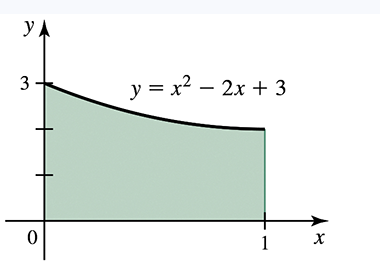Working with area functions Consider the function ƒ and its graph.
(a) Estimate the zeros of the area function A(𝓍) = ∫₀ˣ ƒ(t) dt , for 0 ≤ 𝓍 ≤ 10 .

 Verified step by step guidance
Verified step by step guidance Verified video answer for a similar problem:
Verified video answer for a similar problem:



 6:11m
6:11mMaster Fundamental Theorem of Calculus Part 1 with a bite sized video explanation from Patrick
Start learning